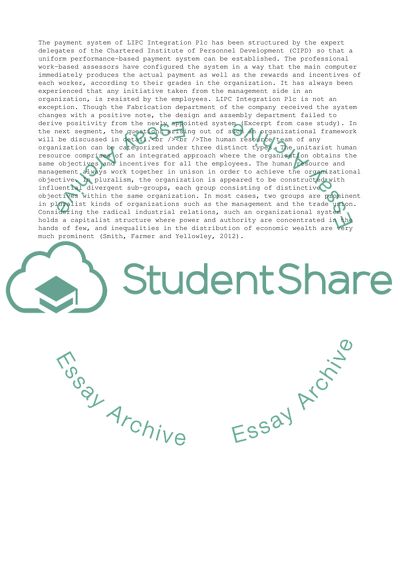Cite this document
(Understanding Management: LIPC Integration Plc Case Study Example | Topics and Well Written Essays - 1500 words, n.d.)
Understanding Management: LIPC Integration Plc Case Study Example | Topics and Well Written Essays - 1500 words. https://studentshare.org/management/1862537-understanding-management
Understanding Management: LIPC Integration Plc Case Study Example | Topics and Well Written Essays - 1500 words. https://studentshare.org/management/1862537-understanding-management
(Understanding Management: LIPC Integration Plc Case Study Example | Topics and Well Written Essays - 1500 Words)
Understanding Management: LIPC Integration Plc Case Study Example | Topics and Well Written Essays - 1500 Words. https://studentshare.org/management/1862537-understanding-management.
Understanding Management: LIPC Integration Plc Case Study Example | Topics and Well Written Essays - 1500 Words. https://studentshare.org/management/1862537-understanding-management.
“Understanding Management: LIPC Integration Plc Case Study Example | Topics and Well Written Essays - 1500 Words”. https://studentshare.org/management/1862537-understanding-management.


